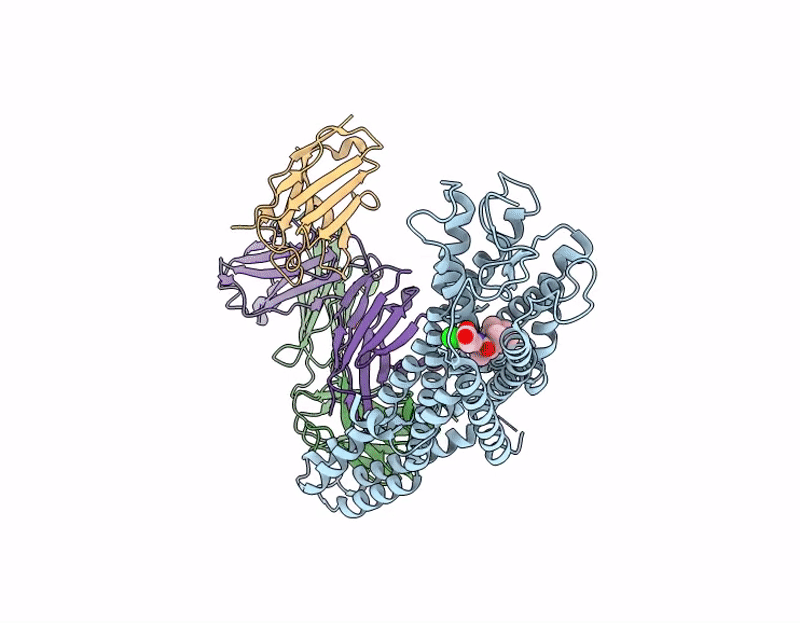
Deposition Date
2024-11-18
Release Date
2025-09-03
Last Version Date
2025-10-22
Entry Detail
PDB ID:
9EE5
Keywords:
Title:
Cryo-EM structure of the ONO2550289-bound prostaglandin D2 receptor (DP1)-bRIL-Fab complex
Biological Source:
Source Organism:
synthetic construct (Taxon ID: 9606)
synthetic construct (Taxon ID: 32630)
synthetic construct (Taxon ID: 32630)
Host Organism:
Method Details:
Experimental Method:
Resolution:
2.89 Å
Aggregation State:
PARTICLE
Reconstruction Method:
SINGLE PARTICLE


